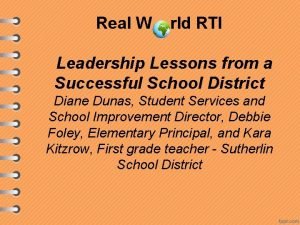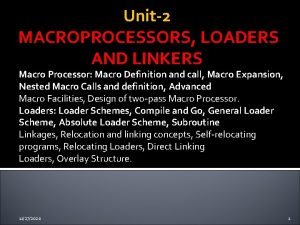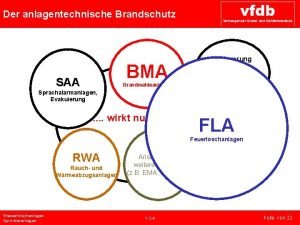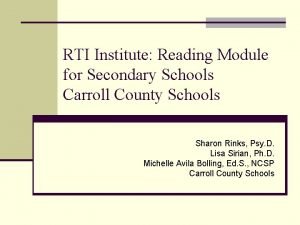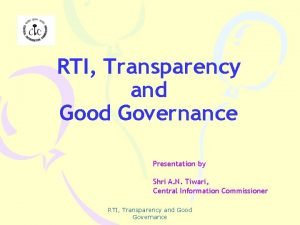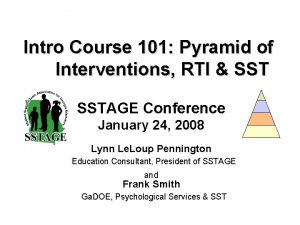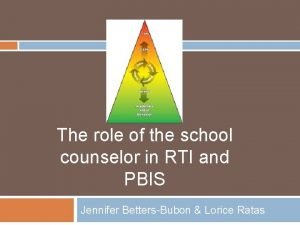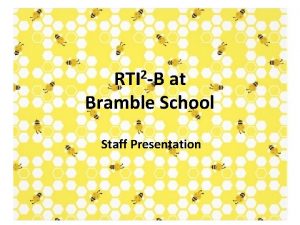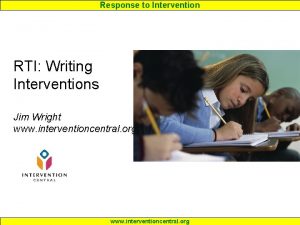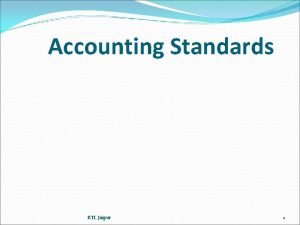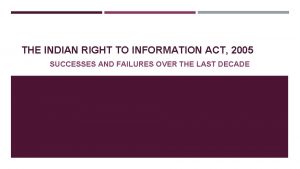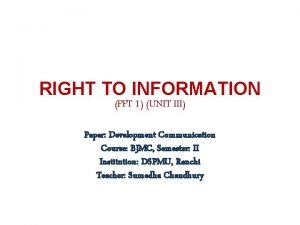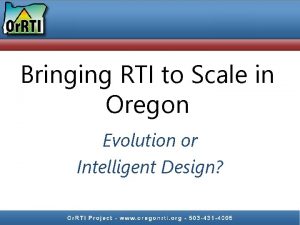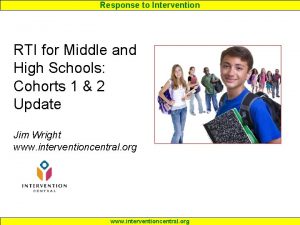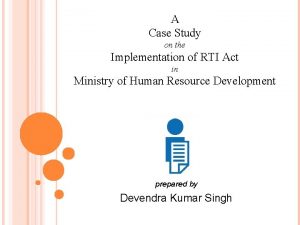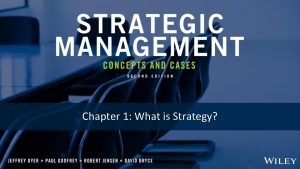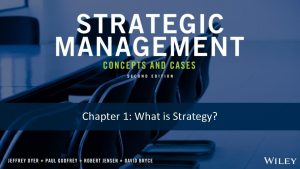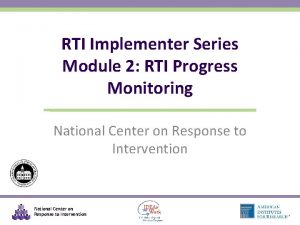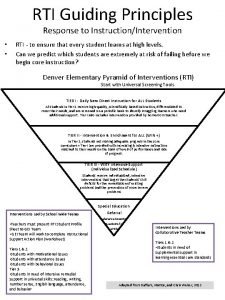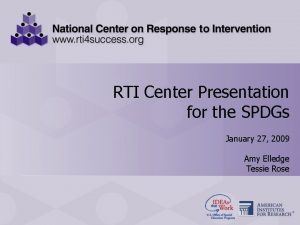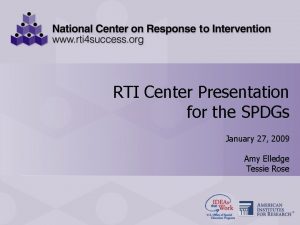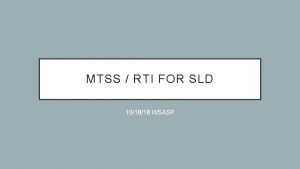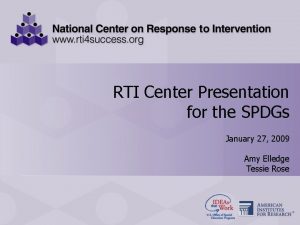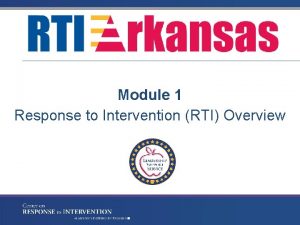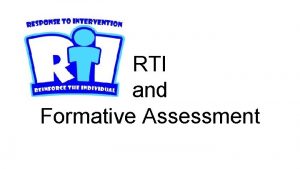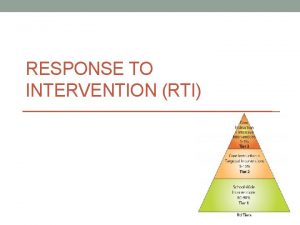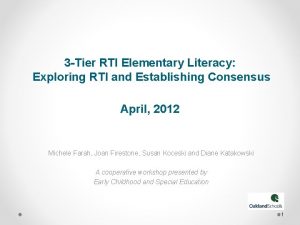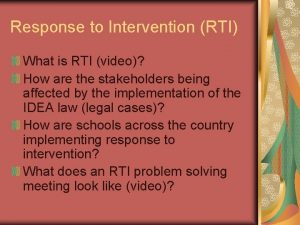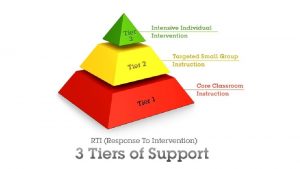Real W rld RTI Leadership Lessons from a
























- Slides: 24

Real W rld RTI Leadership Lessons from a Successful School District Diane Dunas, Student Services and School Improvement Director, Debbie Foley, Elementary Principal, and Kara Kitzrow, First grade teacher - Sutherlin School District

Sutherlin Demographics 64% poverty 1300 students total 4 buildings: PK-3, 4 -6, 7 -8 and HS

• We needed a more efficient system for identifying our SPED students • Had some SPED teachers who had gone to a workshop that mentioned RTI and were excited about it • We had someone from ODE come present RTI • Decided to try the model in our K-3 school

In the beginning • It was good for the district • Top down decision • Developed RTI manual • DIT and BITs • Green Book • Focused too much on interventions, not enough on the Core • Completely changed model of delivering instruction

MASTER SCHEDULE

Capacity Building • Teachers were fearful – to look at instruction • We still have some that feel like a student “is more than data” and we agree, that’s why we look at grades, attendance, etc. We put child’s picture on the card. • We have to look at our instruction, what kind of affect do we have? • “Is every child in Sutherlin receiving the instruction that they need and deserve… every day? ” (RTI’s vision statement) • Delivered good PD • Strengthened the Core • RTI Coach • Visited other schools


Teaching to the Core

Core Instruction Assessment Research-based Adopted Curriculum CORE System of Instructional Strategies & Active Engagement Standards of Practice Standards CCSS Time

INSTRUCTIONAL STRATEGIES IN RTI MANUAL

TIMELINE DIT team meets 3 x a yr. Aug. set goals for yr. (examples) • Implementing behavior screener • Percentile settings adjustments in hopes of coming closer to predicting SBAC score of 3 or 4 • Revisit Standards of Practice K-6 Checking in on how the goals are going Re-cap on how the year went and what needs to happen next year Start year with Universal Screener – Easy CBM (Coach does all the trainings for the IAs – 3 x during year). 100% meeting within two weeks after benchmark testing (3 x yr. following testing) Every 4 -6 weeks are 20% meetings. Building Implementation Team (rep. from each grade level, SPED teachers, principal and coach) teams try to meet every 5 weeks or so once each grade level has had their 20% meeting. They are the pulse on the school to see how is the implementation of RTI happening and where do people need support.

100% MEETINGS • Schedule meeting in the Fall – these are critical meetings • Synthesize data • Math Composite score • Easy CBM Math and progress monitoring test once a month • Look at cohort data using the Summary of Effectiveness form as well as sub-group data (ethnicity, socio-economic, ELL, SPED • Meetings always start with PD or sharing from staff

DATA WALKS Before we look at the agenda for the meeting, we always do a data walk. We always want to go back to our purpose and think about how is a data walk going to help us move forward in our process.





100% meeting data with Early Warning System Percent Attendance ELA SBAC Level Math SBAC Level 92. 94 Incident count Current Fall Reading F's Risk 0 0 Winter Reading Risk Fall Math Winter Math # of High Risk Indicators Benchmark Strategic 0 92. 35 2 1 1 0 Strategic 2 100. 00 1 1 0 2 Strategic 4 91. 76 2 1 0 3 Strategic 5 0 3 Strategic 3 97. 06 91. 76 3 2 0 0 Strategic 1 96. 47 3 3 0 1 Strategic 1 94. 71 3 3 0 0 Strategic Benchmark Strategic 0 98. 82 1 1 0 1 Strategic Intensive 6 98. 24 2 1 0 3 Strategic 5 99. 41 2 2 0 0 Strategic 2 1 flag 1 flag Benchmark Less than 90% attendance Incident count of 6 or more, major and minor For each class student is Failing SBAC Reading score of 1 or 2 SBAC Math score of 1 or 2 “Intensive” Math Risk according to Easy. CBM universal screener “Intensive” overall Reading Risk according to Easy. CBM universal screener


20% Meetings • Agenda goes out to teachers ahead of time • Have a recorder • Start on time and end on time • Always follow up on action items • Limit discussion to problem solving • Have decision rules available

Video of 20% meeting


SUSTAINABILITY • Gathering Data – • Differentiate PD for teachers to fill in gaps • How do we know it works? • People understand it’s a process – • Dedicated RTI Coach • Efficacy of instruction • Moving into HS with EWS • Interventions and classes for HS students

Next steps Where there was fear before, teachers are more reflective on their practices Willing to look at the fidelity of their instruction. They look broader when a student or group of students are not making adequate progress. Teachers independently looking at data, interventions that are in place, curriculum, instruction, does child need a behavior plan, home visits, etc. After 10 years, continual process. People see results. The growth and development that we see if phenomenal. We have a sense of the whole child. Not only person feels responsible for the child, it’s the whole grade level. They build professional development goals for themselves and telling admin. What PD they need to meet their goals. They have ownership of this process, it belongs to them and administration facilitates.
 Rti meaning real estate
Rti meaning real estate Rld cards contain
Rld cards contain Leadership lessons from elijah and elisha
Leadership lessons from elijah and elisha Management lessons from chak de india
Management lessons from chak de india What do we learn from ants
What do we learn from ants Lessons from eagle
Lessons from eagle Rtiddsgen
Rtiddsgen Trockenalarmventilstation
Trockenalarmventilstation Subsplease.orf
Subsplease.orf Transparency of good governance
Transparency of good governance Rti zeromq
Rti zeromq Rti interventions examples
Rti interventions examples Rti examples
Rti examples Rti2b
Rti2b Difference between right and wright
Difference between right and wright Rti jaipur
Rti jaipur Upper rti
Upper rti Pegasus payroll rti
Pegasus payroll rti Rti act 2005 introduction
Rti act 2005 introduction Right to information act ppt
Right to information act ppt Rti zeromq
Rti zeromq Rti oregon
Rti oregon Rti sceduler
Rti sceduler Rti case study
Rti case study Hmrc rti gtax
Hmrc rti gtax
